
How Can You Ensure Your Packaging is Compliant for Export Markets?
September 28, 2025 • Mike Lee
You've perfected your product and are ready to go global. But the thought of your shipment being rejected by customs in Europe or the USA because of a packaging error is a constant worry.
To ensure compliance, you must understand the specific material and labeling regulations of your target country. Partnering with a supplier who provides regulatory documentation and guidance is the most effective way to guarantee smooth market entry.
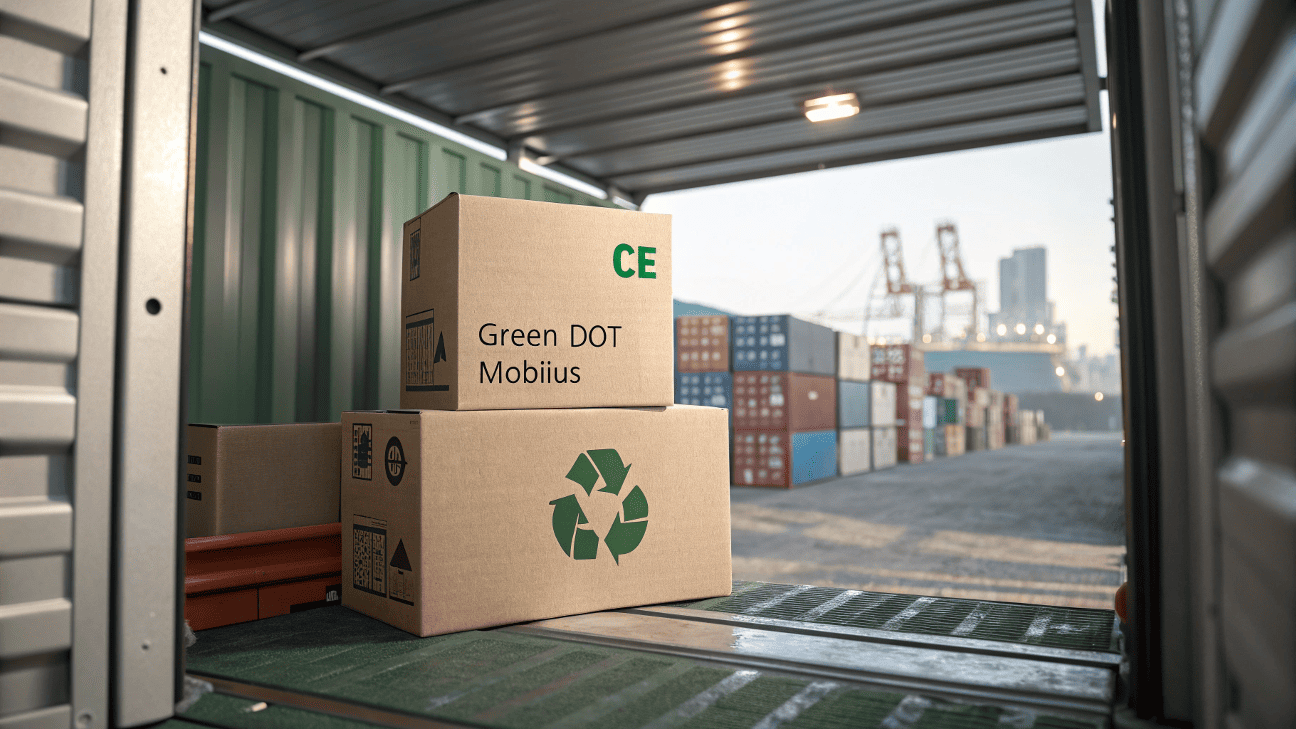
I remember working with a new brand that was incredibly excited about their launch in Germany. They had a beautiful design, but they were completely unaware of the "Green Dot" (Der Grüne Punkt) licensing system, a requirement for packaging in Germany. Our compliance team flagged this during the artwork review. We helped them get registered and added the necessary symbol to their silk printing layout. It was a small detail that saved their entire product launch from being stopped at the border. It taught me that a great supplier doesn't just make bottles; they help you navigate the world.
Why is compliant packaging so crucial for export markets?
You think of packaging's job as simply protecting the product during transit. Export compliance seems like an extra layer of bureaucratic red tape that adds cost and complexity without adding value.
Compliant packaging is non-negotiable for export. It guarantees market access by meeting legal requirements, protects your brand's reputation with international consumers, and shields you from costly fines, recalls, and legal action.
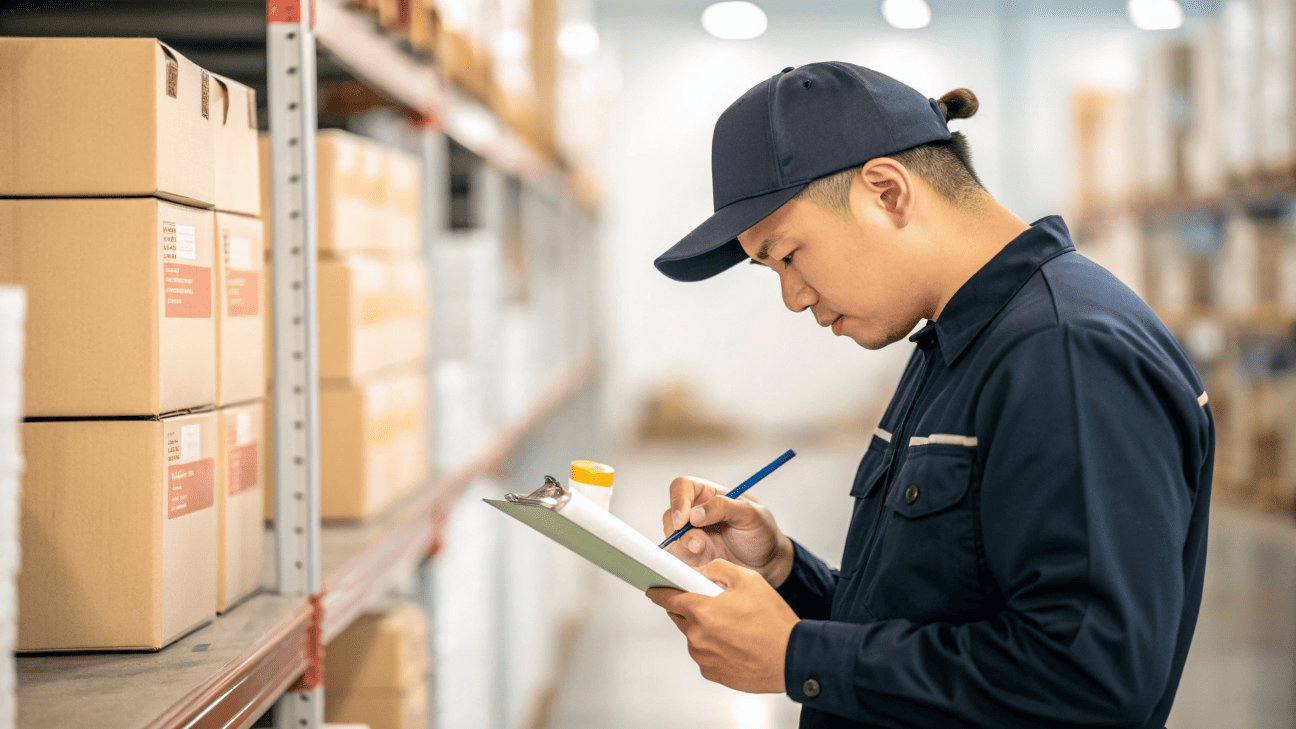
Thinking of compliance as just "red tape" is a dangerous mistake. It is a fundamental pillar of a successful export strategy. For our clients, from India to Indonesia, we frame the importance of compliance around three core business pillars.
1. Securing Market Access
This is the most direct and critical point. If your packaging doesn't meet the target country's standards, your product will not be allowed in. Period. The European Union, for example, has the REACH regulation, which restricts certain chemicals in all imported goods, including packaging. The plastic resins and colorants we use at Rland are carefully selected and documented to meet these strict standards. Without this, your product won't ever make it to the retail shelf.
2. Protecting Your Brand Reputation
In many international markets, especially in Europe and North America, consumers are highly educated about environmental and safety standards. A product recall due to a packaging compliance issue (like using a banned substance or incorrect recycling information) can cause irreparable damage to your brand's image. Getting it right from the start shows that you are a responsible, global-minded brand, which builds trust and loyalty with new customers.
3. Avoiding Financial Penalties
A compliance failure is not just an operational headache; it's a significant financial risk. Fines for non-compliance can be substantial. Beyond fines, you face the costs of product recalls, repackaging, and potential legal battles. Our role is to help you avoid this by providing the necessary material safety data sheets and declarations of conformity upfront, so your paperwork is in order long before the shipment leaves our factory.
What are the key packaging standards you need to know?
You hear about RoHS, REACH, Prop 65, and EPR. It feels like an overwhelming alphabet soup of rules, and you don't know where to even begin your research.
Key standards often cover three areas: Material Safety (what it's made of), Labeling (what information is on it), and Environmental Responsibility (what happens to it after use). You must research the specific rules for your target market.
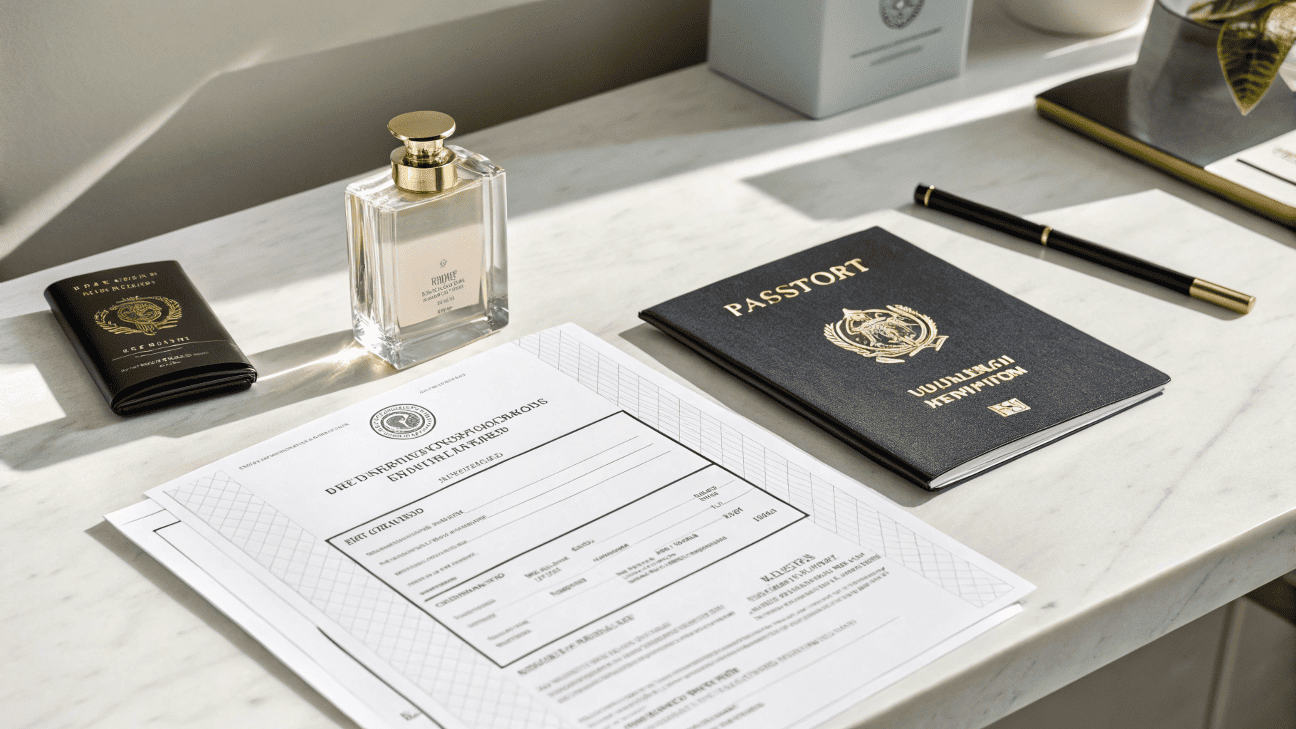
Navigating global standards seems complex, but they generally fall into a few logical categories. At Rland, our export department helps clients understand which standards apply to them. Here is a simplified breakdown.
1. Material Safety & Restricted Substances
These regulations focus on protecting consumer health by banning or limiting certain chemicals.
- EU REACH: A broad European Union regulation concerning the Registration, Evaluation, Authorisation, and Restriction of Chemicals. We ensure our materials don't contain substances on their high-concern list.
- USA Prop 65: Specific to California, this requires businesses to provide warnings about significant exposures to chemicals that cause cancer, birth defects, or other reproductive harm. We can provide material analyses to help clients determine if a warning is needed.
- RoHS (Restriction of Hazardous Substances): While originating in electronics, its principles regarding heavy metals (like lead and mercury) are often applied as a benchmark for quality in packaging materials.
2. Labeling and Information
These rules ensure consumers have the information they need to use the product safely and dispose of the packaging correctly. This can include net weight, country of origin, ingredient lists, and specific warning symbols. Each country has its own precise format, and getting it wrong is a common reason for customs delays.
3. Environmental & Recycling Standards
This is a rapidly growing area of regulation.
- Mobius Loop: The universal symbol for recycling, sometimes with a percentage indicating recycled content.
- EPR (Extended Producer Responsibility): A policy approach, especially in the EU, where producers are given significant responsibility—financial and/or physical—for the treatment or disposal of post-consumer products. The German "Green Dot" is a well-known example of an EPR system.
What is export compliance documentation?
You think a standard commercial invoice is all you need to ship your products. You are unaware of the specific declarations and certificates required by customs to prove your packaging is compliant.
Export compliance documentation is the set of official papers that proves your product and its packaging meet the legal standards of the destination country. This includes material declarations, certificates of conformity, and test reports.
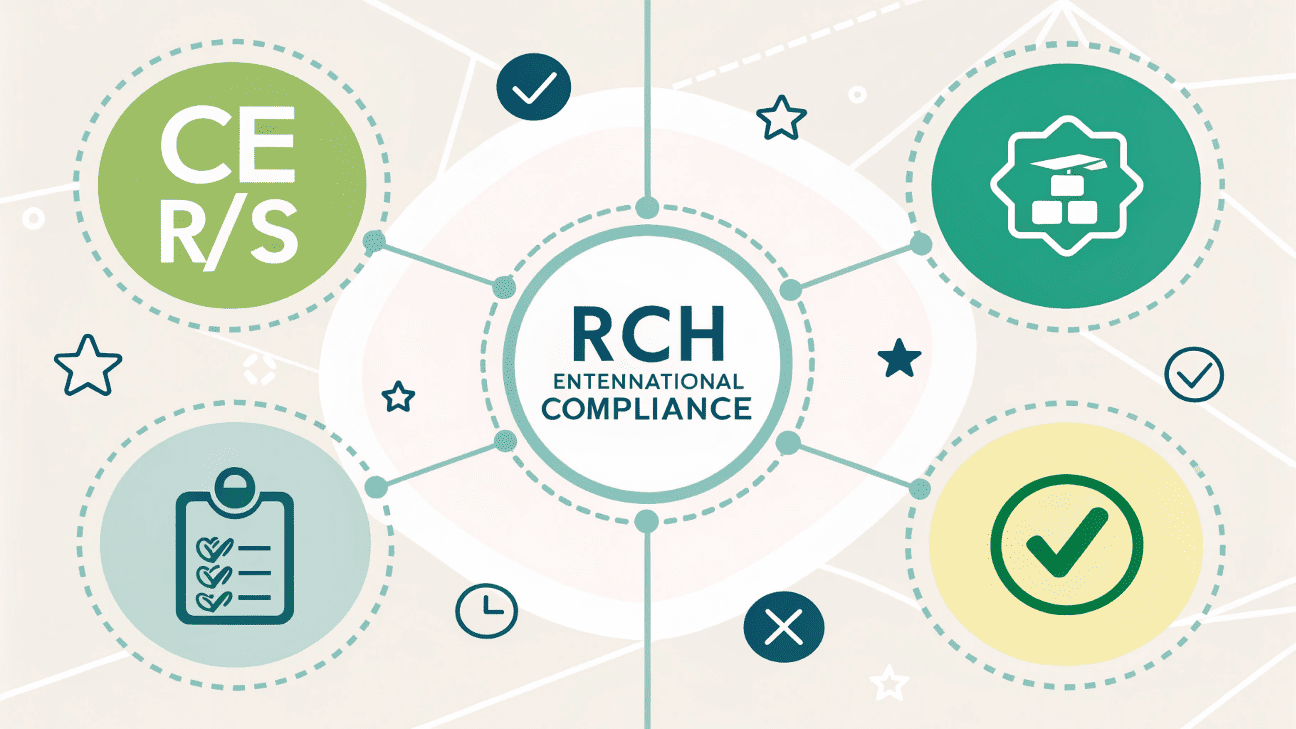
This paperwork is your passport to international markets. Without the correct documentation, your shipment is going nowhere. When we work with an exporter like Sani from PT. PASCAL CORPINDO SEMESTA, who distributes across the APAC region, providing a clear and complete documentation package is as important as producing the physical bottles.
Here are some of the key documents we help our clients prepare:
| Document Type | Purpose | Why It's Important |
|---|---|---|
| Material Safety Data Sheet (MSDS) | Provides detailed information on the chemical composition of the plastic resin and colorants used in the packaging. | Proves to regulators that your packaging does not contain banned or restricted substances like heavy metals. |
| Certificate of Conformity (CoC) | A declaration from us, the manufacturer, stating that the packaging has been produced according to a specific standard or regulation (e.g., EU food contact materials regulation). | Serves as official proof for customs authorities that your product meets their safety requirements. |
| Material Traceability Report | Traces the raw materials (plastic pellets) from their origin to the final produced bottle, including batch numbers. | Essential for quality control and mandatory for brands with strict supply chain protocols. It allows for a quick investigation if any issues arise. |
Having a supplier who not only understands these documents but actively provides them as part of their service is a massive advantage. It transforms compliance from a daunting hurdle into a simple, streamlined part of your export process.
Conclusion
Export compliance is a challenge of details, not of difficulty. By partnering with an experienced supplier, you can confidently navigate global regulations, ensuring your products arrive safely and legally on any shelf in the world.
Written by
Mike Lee
You may also be interested in:

How Can You Choose a Reliable Spray Bottle Manufacturer in China?
You need to source spray bottles from China to stay competitive, but you're terrified. You
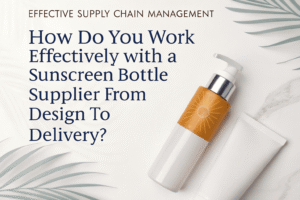
How Do You Work Effectively with a Sunscreen Bottle Supplier from Design to Delivery?
You have a vision for your sunscreen brand, but turning that idea into a physical
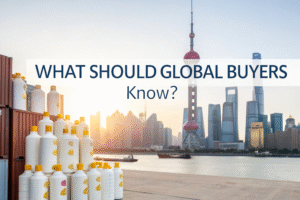
What Should Global Buyers Know Before Importing Sunscreen Bottles from China?
You need high-quality sunscreen bottles, and you know China offers competitive pricing. But the thought

How Do You Find Cost-Effective Cosmetic Packaging Without Sacrificing Quality?
You're trying to manage your budget, but packaging costs keep creeping up. You feel stuck